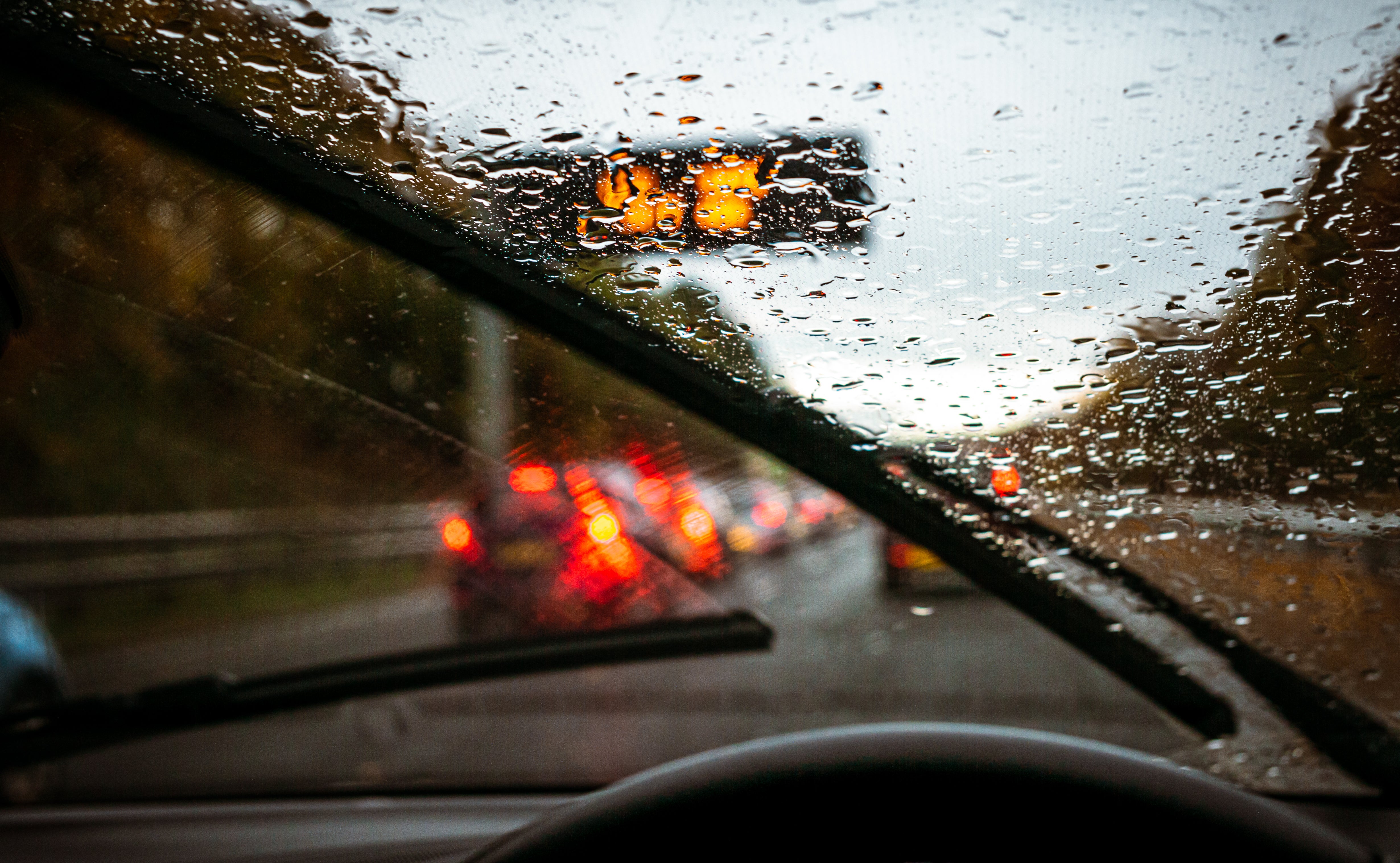Storm Theta building strength in Atlantic and could be heading towards UK
Cyclone could bring severe winds and heavy rains

Your support helps us to tell the story
From reproductive rights to climate change to Big Tech, The Independent is on the ground when the story is developing. Whether it's investigating the financials of Elon Musk's pro-Trump PAC or producing our latest documentary, 'The A Word', which shines a light on the American women fighting for reproductive rights, we know how important it is to parse out the facts from the messaging.
At such a critical moment in US history, we need reporters on the ground. Your donation allows us to keep sending journalists to speak to both sides of the story.
The Independent is trusted by Americans across the entire political spectrum. And unlike many other quality news outlets, we choose not to lock Americans out of our reporting and analysis with paywalls. We believe quality journalism should be available to everyone, paid for by those who can afford it.
Your support makes all the difference.Subtropical storm Theta continues to brew in the central Atlantic, but it may be on course to reach the UK.
We can expect the storm to travel in an east-northeast direction over the next few days, according to a report from the National Hurricane Center.
It will move between the Azores and the Canary Islands towards Madeira this weekend, bringing a high chance of wet and windy conditions, before potentially hitting England, Wales and southern Ireland early next week.
It is the 29th named storm of the hurricane season, meaning that 2020 has now broken the old record of 28 named storms in 2005. Meteorologists say another could strike in the Caribbean in the coming days.
So far, storm Theta has maximum sustained winds of 50 MPH (85KM/H), but forecasters say it may strengthen slightly in the next 12 to 24 hours.
If Theta continues on its predicted trajectory, it will be felt most strongly across the Bay of Biscay, the La Manche region and throughout England and Wales, bringing with it the possibility of severe winds and heavy rains.
However, there are currently no coastal watches or warnings in effect; it’s still unclear whether the centre of the storm will hit land.
Cyclones within the Atlantic ocean become known as “tropical storms” and receive a name, when their wind speeds exceed 39 MPH. Only if the wind speed exceeds 75 MPH, do they become known as “hurricanes”.
Tropical storms like Theta are a relatively rare occurrence in Europe, but 2020’s extreme season has seen storms hitting Western parts of Europe with increased frequency and bringing regional flooding, winds and damage.
The damage seen in Europe runs in parallel with the destruction caused this season across the US and countries further south, such as Belize, Bermuda, Honduras, Nicaragua, Panama, Mexico and Guatemala.



Join our commenting forum
Join thought-provoking conversations, follow other Independent readers and see their replies
Comments